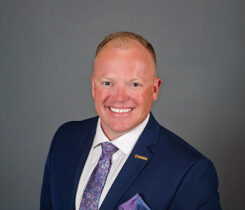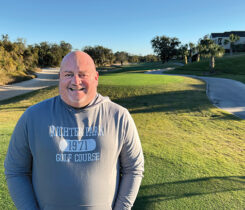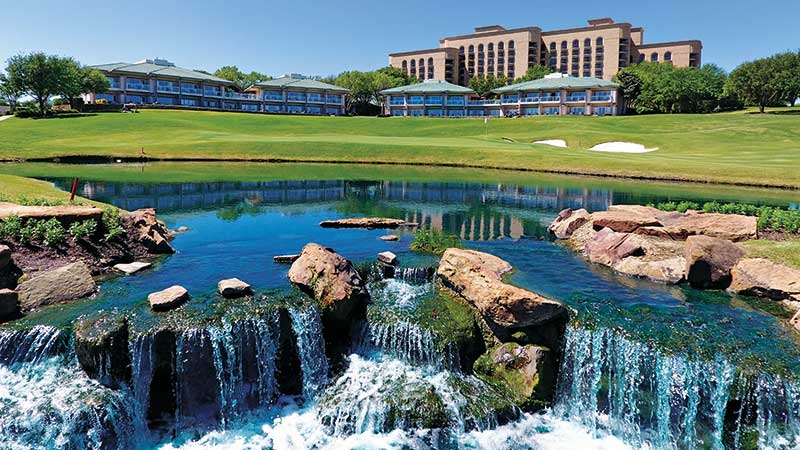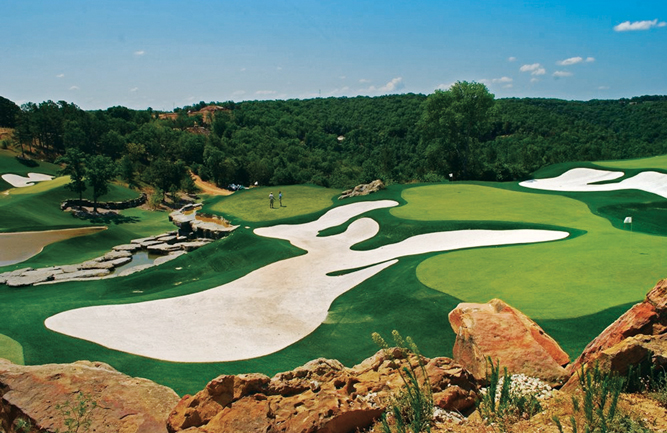Modernizing golf turf with creeping bentgrass: decades of development
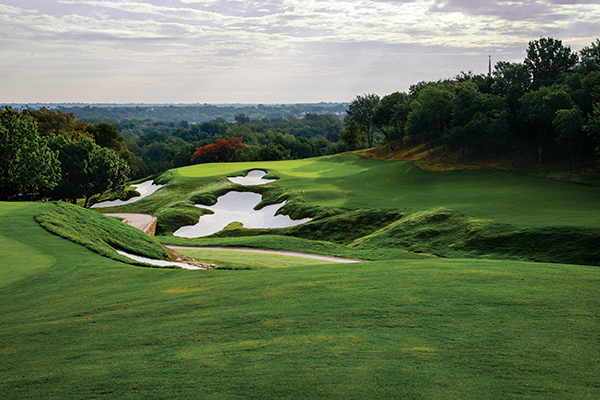
Shady Oaks GC in Fort Worth, Texas. The total course renovation by Ogilvy, Cocking and Mead includes new greens seeded to 777 bentgrass. (Photo Courtesy: Richard Hurley)
What we wanted
For creeping bentgrass, we sought a pleasing medium green leaf color (no cool-weather purple color), medium-fine leaves and turf density, the ability to recover quickly from traffic (foot and mechanical), the ability to tolerate 0.105-inch cuts and enhanced genetic resistance to the most common turf diseases including dollar spot, brown patch, anthracnose and snow mold (pink and gray).
It took many generations of critical selection of parental plants — each cycle requiring one year — throughout many years to identify progenies for the next cycle and, through the assorted mating process, include enhanced genetics into the next generation.
Remarkable scientific accomplishments through genetically enhanced breeding allowed a total transformation of wild strains into highly refined varieties. Rutgers’ methodical, long-term breeding program generated multiple advanced generation creeping bentgrass varieties adapted to 0.105-inch greens with varieties also used on fairways and tees.
Generations of improvements
Remember when the varieties A1 and A4 were the rock stars for greens in the 1990s? These varieties have been significantly surpassed.
Rutgers’ breeding program developed varieties with greater genetic resistance to fungal diseases with each breeding cycle generating finer leaved, denser turf and greater disease resistance to minimize fungicide use — all while producing a more resilient and attractive turf.
So much has changed with the maintenance of golf greens, tees and fairways since the 1990s. In the 2020s, courses mow putting greens razor thin. Superintendents face pressure to produce the highest-quality playing surfaces while using fewer inputs and less water. With cool-season and transition climates, only state-of-the-art varieties can accomplish this.
Superintendents recognize that they can plan and execute a total greens/fairway/tee renovation to allow new age golf course maintenance. One course was spending up to $80,000 each year on fungicides for ryegrass/Poa annua/bentgrass fairways. Converting fairways to bentgrass cut fungicide use up to 50 percent.









